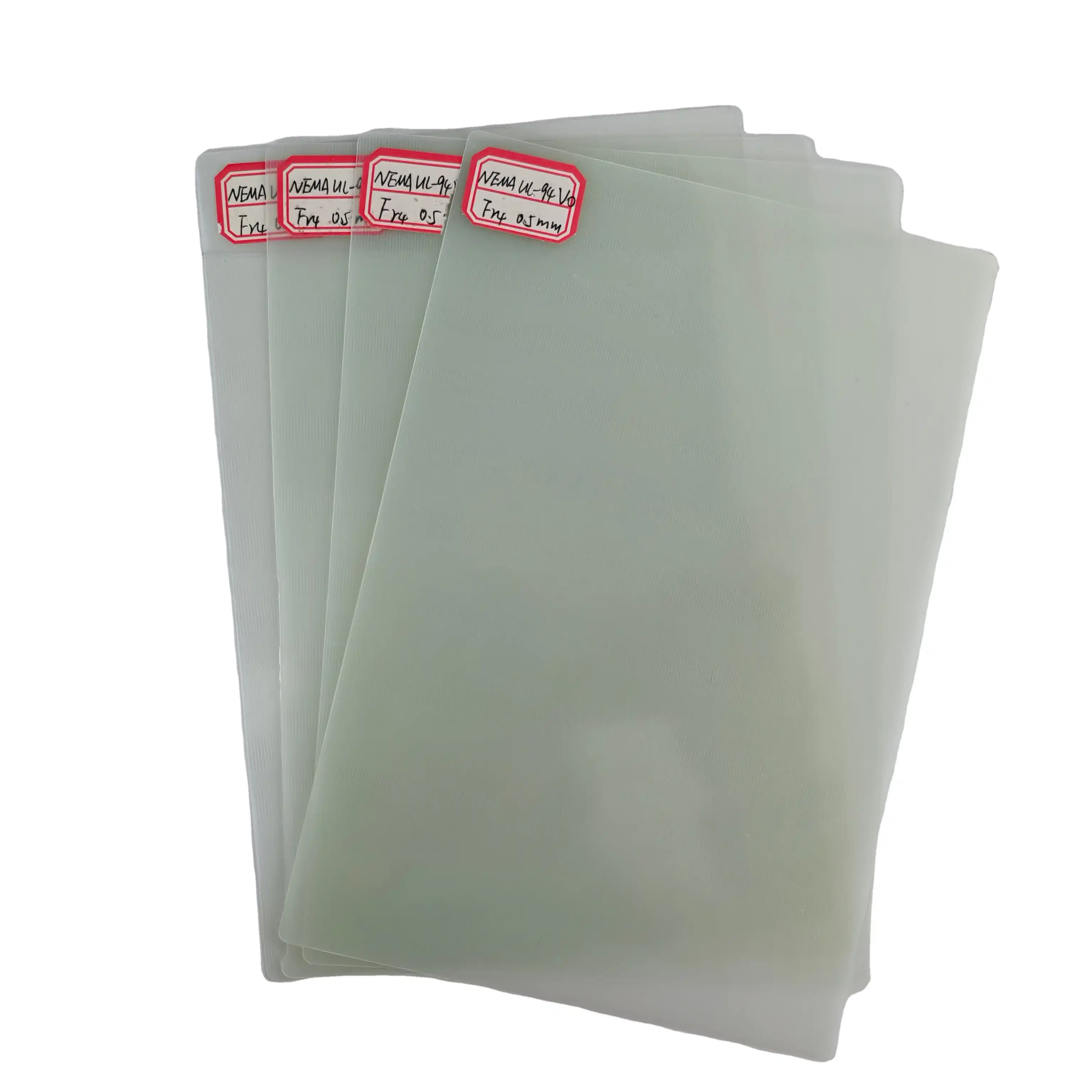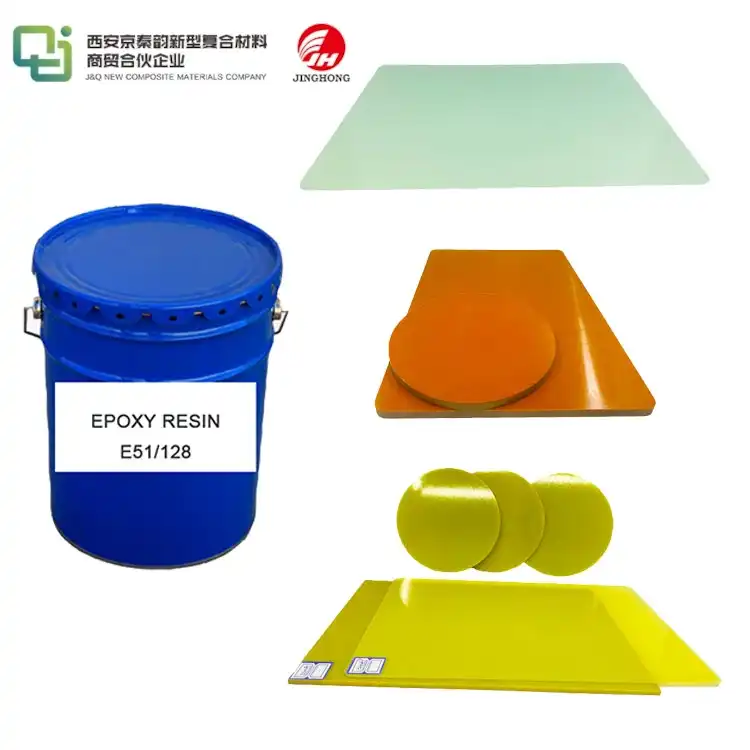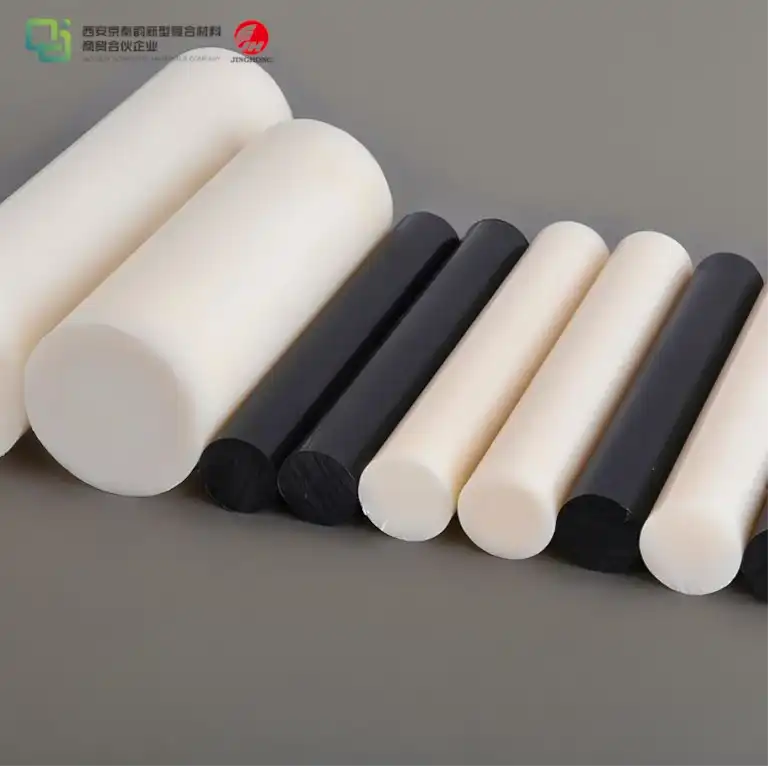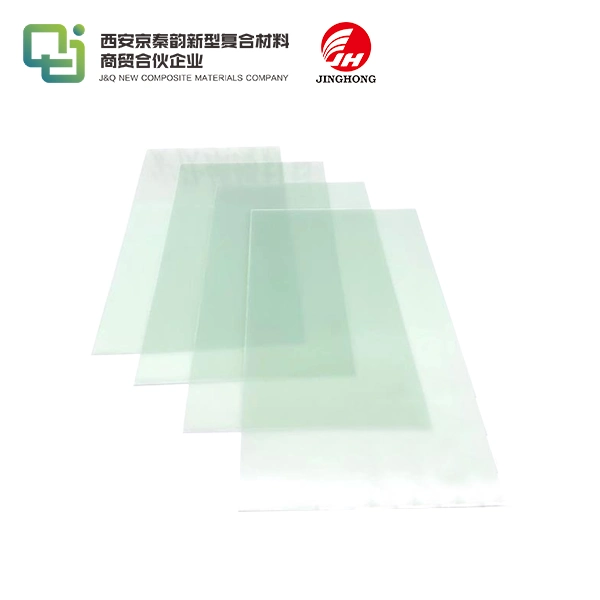Glass Fiber was Born in This Way, and It is Still a Good Choice in Some Fields
2022-07-04
It was more than 100 years ago that composites really began to develop into a science. With the tide of the second industrial revolution, the field of chemistry and chemical engineering has also opened a new chapter in history. In 1907, bakelite, commonly known as bakelite, the world's first commercially successful synthetic polymer resin, was born in New York, USA.
Its inventor is Leo Baekeland, a Belgian American chemist. He synthesized this phenolic resin with phenol and formaldehyde under a certain pressure and temperature. He successfully applied for a patent and established a company to commercialize this new material. Its series of products are widely used in many fields, from insulating covers to musical instruments, from gun butts to toys, from buttons to mahjong, Everything from car parts to rocket insulation. Although bakelite later merged with United carbon, and then evolved into today's momentivespecialty chemicals, many products in the Baekeland era are still produced and used today.
As a thermosetting polymer, phenolic resin has high hardness and brittleness. However, if they are compounded with fibers, fabrics, and even paper, they can meet many application requirements and have good molding processability. In fact, bakelite sheet is a composite material of sawdust and phenolic resin. From the invention to the 1930s and 1940s of the 20th century, it was the golden age of phenolic resin, and it was also the age when composite materials were developed and shaped as a science.
It is worth mentioning that cord reinforced rubber tires, which are authentic fiber-reinforced composites, may have appeared earlier than bakelite. However, it is difficult to verify whether anyone used cord to strengthen rubber from the time when Americans invented the vulcanization technology of natural rubber in 1839, also known as Charles Goodyear, so that vulcanized rubber can be used in tires, to the 68 years after the birth of bakelite in 1907. It is estimated that it should be later than 1907, because cotton cord was not widely used in rubber tires as the first generation cord until the 1920s.
1932 is another memorable moment in the history of composite materials. In that year, games Slater, a 36 year old engineer who graduated from Purdue University and worked in Owens Illinois glass company in Ohio for only one year, accidentally introduced compressed air into molten glass and accidentally obtained glass fibers. More importantly, this method can be used for continuous drawing. Although this is not the first time that human beings have made glass fiber, it is the first time that continuous fiber can be manufactured on a large scale.
Slater obtained the U.S. patent for the invention in 1938 and became the technical vice president of Owens Corning fiber glass Corp. in the same year. The company is a specialized company jointly established by Owens Illinois and corningglass works in 1935 and uses Slater technology to produce glass fibers. So far, it is still one of the largest glass fiber companies in the world -.
At first, glass fiber was not used to make composite materials, but as the thermal insulation layer of buildings, but they soon showed great potential as the reinforcement of composite materials, and continued to be used as the high-end use of glass fiber until now. Now the high-strength and high stiffness s and S2 glass fibers widely used in advanced composite materials are the new generation of reinforced fibers of OC company. It is particularly worth mentioning that glass fibers are highly transparent to radar microwave compared with other reinforcing fibers, such as carbon fiber or aramid fiber. Therefore, they have always been a good choice for manufacturing composite reinforcements for aviation and ground radomes.







